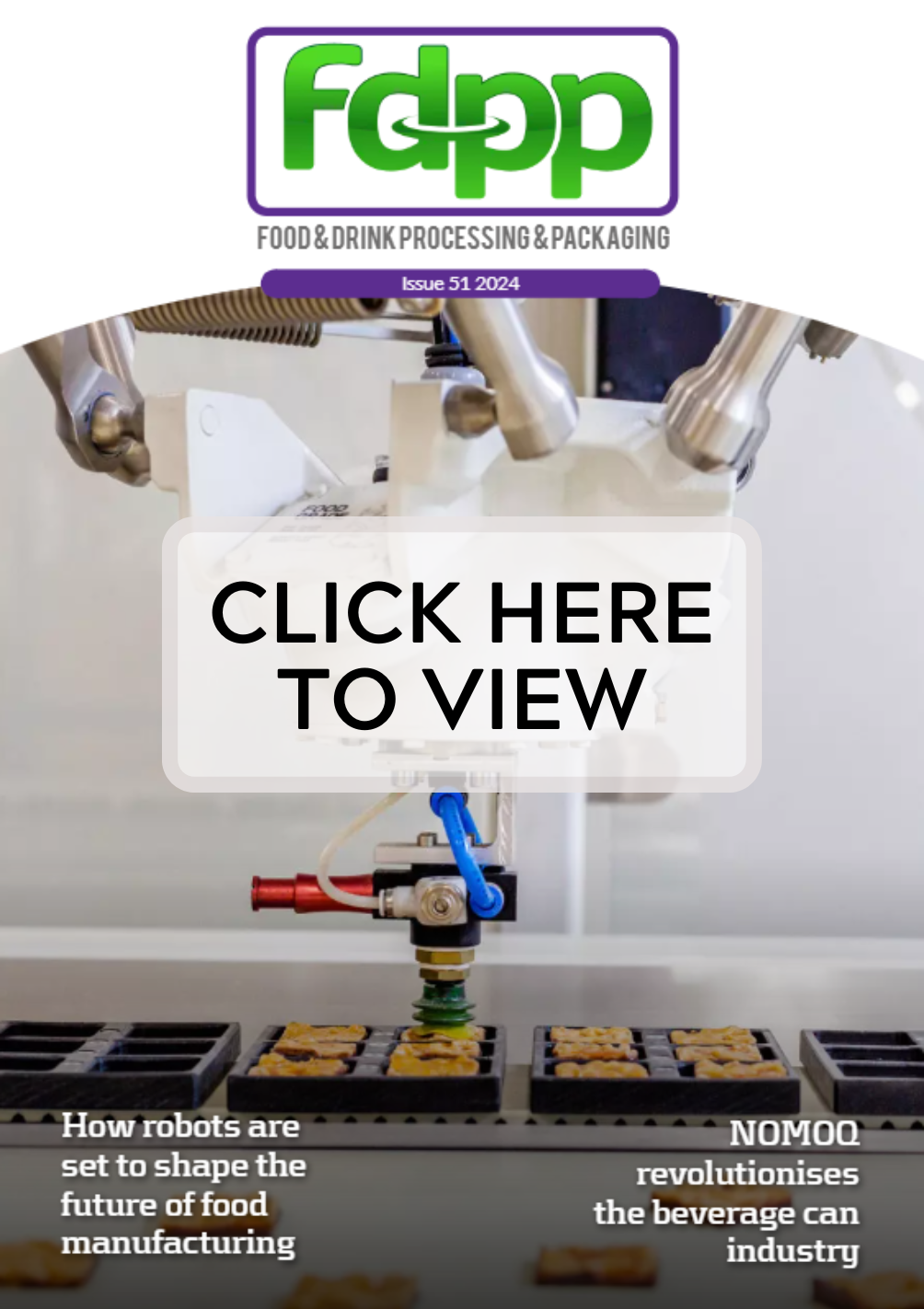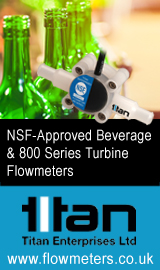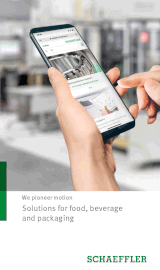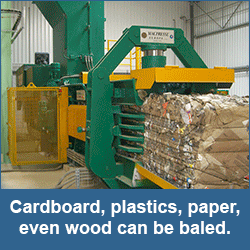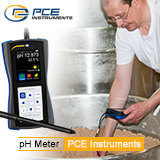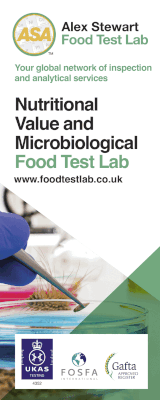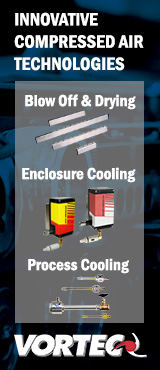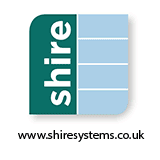GLOBAL CHEESEMAKER INVESTS IN CLEVER COMBI SYSTEM
A family cheesemaker and dairy giant is benefitting from a game-changing food safety inspection solution custom-engineered by Fortress Technology.
Combining metal detection and checkweighing into a streamlined twin-lane configuration, this space-saving inspection system is assisting a household cheese favourite to maintain its authenticity and consumer food safety promise. At the same time, the small-footprint machine is helping to optimise resources, reduce dairy waste and maintain the cheesemakers premium global brand integrity.
Processing approximately 11-billion litres of dairy liquids annually and supplying fresh products to over 60 countries, size hasn’t deterred this cheese processor from staying true to their underlying values. Tasting, approving and signing every cheese batch to accompany these internal quality controls, several of their flagship processing plants now deploy the latest inspection and checkweighing technology from Fortress. Helping to ensure products are delivered to consumers and food service enterprises free of contaminants, as well as adhering to the latest international Weights and Measures regulations.
Being premium products, the ability to isolate each contamination event and reduce good product wastage was an attractive feature. Currently, five customised twin-lane Raptor ‘Combination’ systems are located between the upstream packaging area and the secondary case loading section in two of the company’s cheese processing plants. The innovative design has solved the immediate challenge of inspecting cheese products tightly spaced together.
Receiving sliced, blocked, shredded and soft cheeses directly from the upstream dual-head bagger and flow wrapping packaging machines, the integrated Fortress system starts with a cleverly engineered and compact curving conveyor. Designed to ensure optimal spacing between lanes, the conveyor also helps to avoid congestion by spacing product lanes out evenly as they are fed into the individual, lane-specific metal detector aperture and checkweighing belt.
“One of the greatest challenges when checkweighing in fast-paced packing lines is making sure there is sufficient pitch from one pack to the next so that only one pack is present on the weigh conveyor at a time. This will ensure that packages are not rejected as unstable weight readings,” explains Fortress Technology Europe’s checkweighing specialist Dan Shail.
Constructed to the highest food grade standards, the metal detector and checkweigher conveyor decks and belts are all designed to be easily removed from the machine for rapid deep sanitation and maintenance. In seconds, and without using tools, plant operators can unclip and disconnect the conveyor motor, sanitise it, and instantly restore tracking once the conveyor is clipped back into place.
DOUBLE INSPECTION CAPACITY … HALF THE WASTE
The inspection machine consolidates a single metal detector uniquely divided into two compact apertures, plus two independent weight verification checkweighers. Each technology and lane have individual air blast reject mechanisms to isolate metal contaminants and weight rejects. This helps to reduce and minimise quality cheese products being wasted by over 50 percent.
As each lane, metal detector aperture, checkweigher and reject is programmed to run independently, interruptions are minimised during product switchovers or maintenance. Additionally, it is possible to run two different product lines, pack sizes or SKUs simultaneously on the adjacent conveyors.
Putting into context the significance of aperture size when inspecting cheese for metal contaminations, Dan expands: “Reducing aperture size is one of the most effective ways to increase metal detector sensitivity. The reason for this is sensitivity is measured at the geometric centre of the aperture. Making the ratio of the aperture to the size of the product an essential consideration.”
METROLOGICAL COMPLIANCE
After inspecting the cheese packs for metal contaminants, good cheese packs – at 140 ppm per line – are fed into the Raptor digital checkweighing system. To comply with global Weights and Measures Regulations, in just milliseconds the in-motion, three-belt checkweigher weighs, analyses, captures and reports data simultaneously.
Replicating the reject motion of the metal detectors, air nozzles blast out-of-tolerance products off the line into lockable bins, requiring minimal intervention from operators. Sophisticated software adds full transparency, with an average weight mode making instant reject decisions and combining the batch statistical data from across both lanes.
Products that pass both inspection tests then move onto a merging conveyor, aligning and presenting the packs to an automated downstream case packing system.
HOLDING FOOD SAFETY TO THE HIGHEST STANDARD
For a GFSI-certified business with a continuous-improvement mindset, best practice robustness is of utmost importance to this dairy firm. The processing plant is equally dependent on automated and intelligent machinery to extract data for traceability and to support immediate quality control decision-making and production improvements.
Both the metal detector and checkweigher assist on all levels by capturing easy-to-read live OEE data. “By gathering live production information from each lane independently, a fast-paced food facility can establish the operational parameters and extract statistics that are most valuable to them,” notes Dan. Analysed data can include volume, weight, inspection rates, rejects and downtime.
For optimal reporting efficiency and to assist with transparency, the combi system features data logging and can also be connected to Fortress Technology’s Contact 4.0 software. Auditor-friendly, data reports can be exported as either PDF or Excel files covering a specific production line and/or time period. “Rather than monitoring machine performance manually, this level of cohesive reporting on a dual-lane system provides valuable OEE data to help boost operational efficiencies,” ends Dan.



